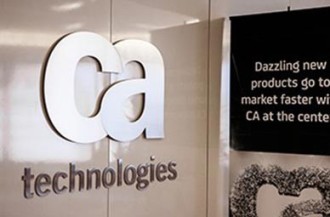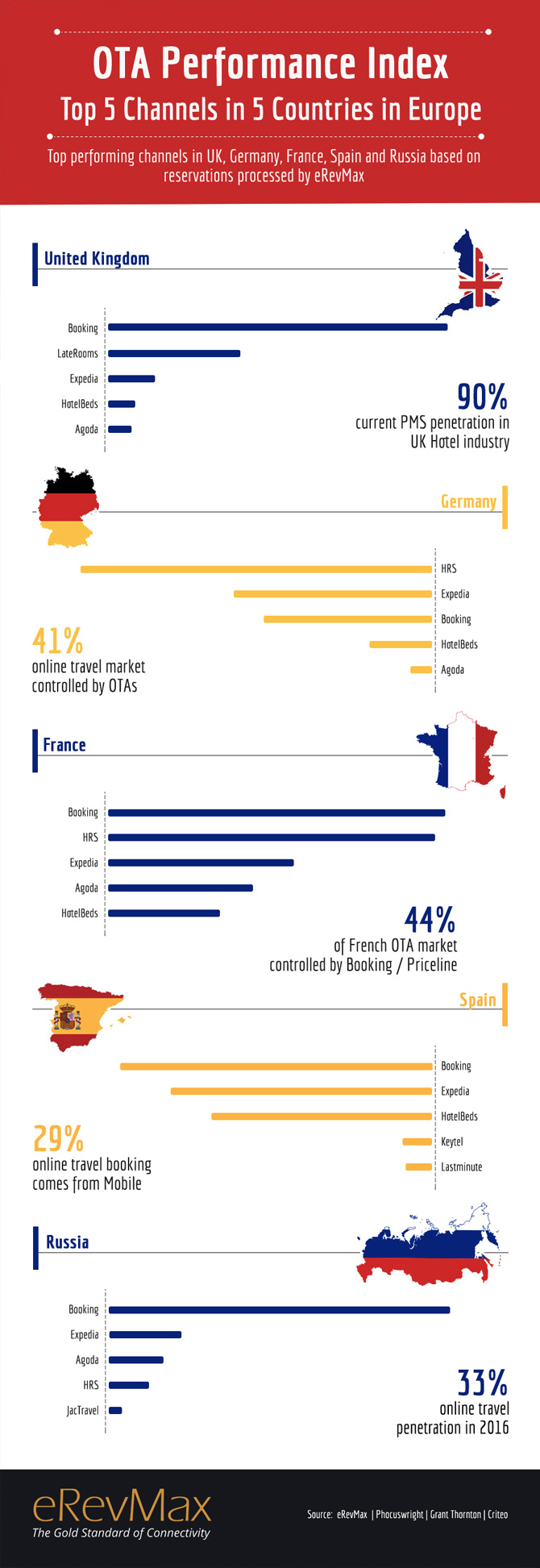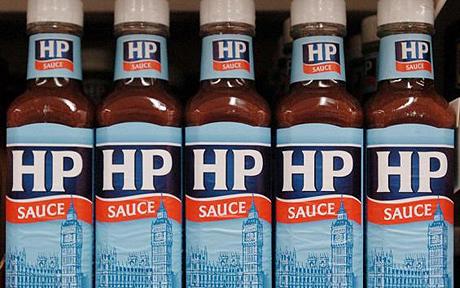 Management consultants Virtrium has issued an insight paper which it thinks will help IT managers hatch out a useful ominchannel.
Management consultants Virtrium has issued an insight paper which it thinks will help IT managers hatch out a useful ominchannel.
The paper provides businesses with a practical framework for designing and building an IT environment. The content was developed with contributions from organisations including Azzurri Group, OneFamily, Linklaters and Wincanton.
The paper with the catchy title “The omnichannel customer experience: Designing and building a customer-centric IT environment [H1]” looks at what you have to do to implement a reliable, flexible and scalable architecture that orchestrates all systems and solutions, and engages customers across multiple digital and physical touchpoints.
Graham Oddey from Virtrium said: “Delivering a consistent and compelling customer experience across channels is now an expectation an organisation must fulfil. IT has to support this with an ecosystem that integrates systems and data, enabling enterprise to do business with and market to its audiences in a truly customer-centric way. When consumer journeys are seamless and allow people to easily achieve their goals this drives purchase and builds relationships, but any disconnect can damage brand loyalty.”
In the paper, Virtrium explores the drivers for building an omnichannel customer experience – including digital transformation and IoT – and the challenges a business should expect to come up against. It then shares a framework for planning, designing and implementing the IT architecture that will underpin the experience, seamlessly integrating all the required data, systems, solutions and channels.
On the list are understanding the business’s strategic priorities, customers and technology and:
·Integrating systems and solutions – back office, sales and marketing, e-commerce and store/Point-of-Sale (POS) – to facilitate an efficient, intuitive path to purchase.
· The role of data in creating an optimised, personalised experience that drives more profitable interactions, and how to arrive at a ‘single source of truth’.
· Mapping and redesigning customer journeys and business processes through streamlining and value engineering.
· Defining the target IT landscape, with the required core functionality and data.
· Identifying the right products, solutions and applications, along with all interfaces, connections and information flows.
· Considerations for costing, future-proofing and implementing the ecosystem.
The insight paper The omnichannel customer experience: Designing and building a customer-centric IT environment can be downloaded here.




















